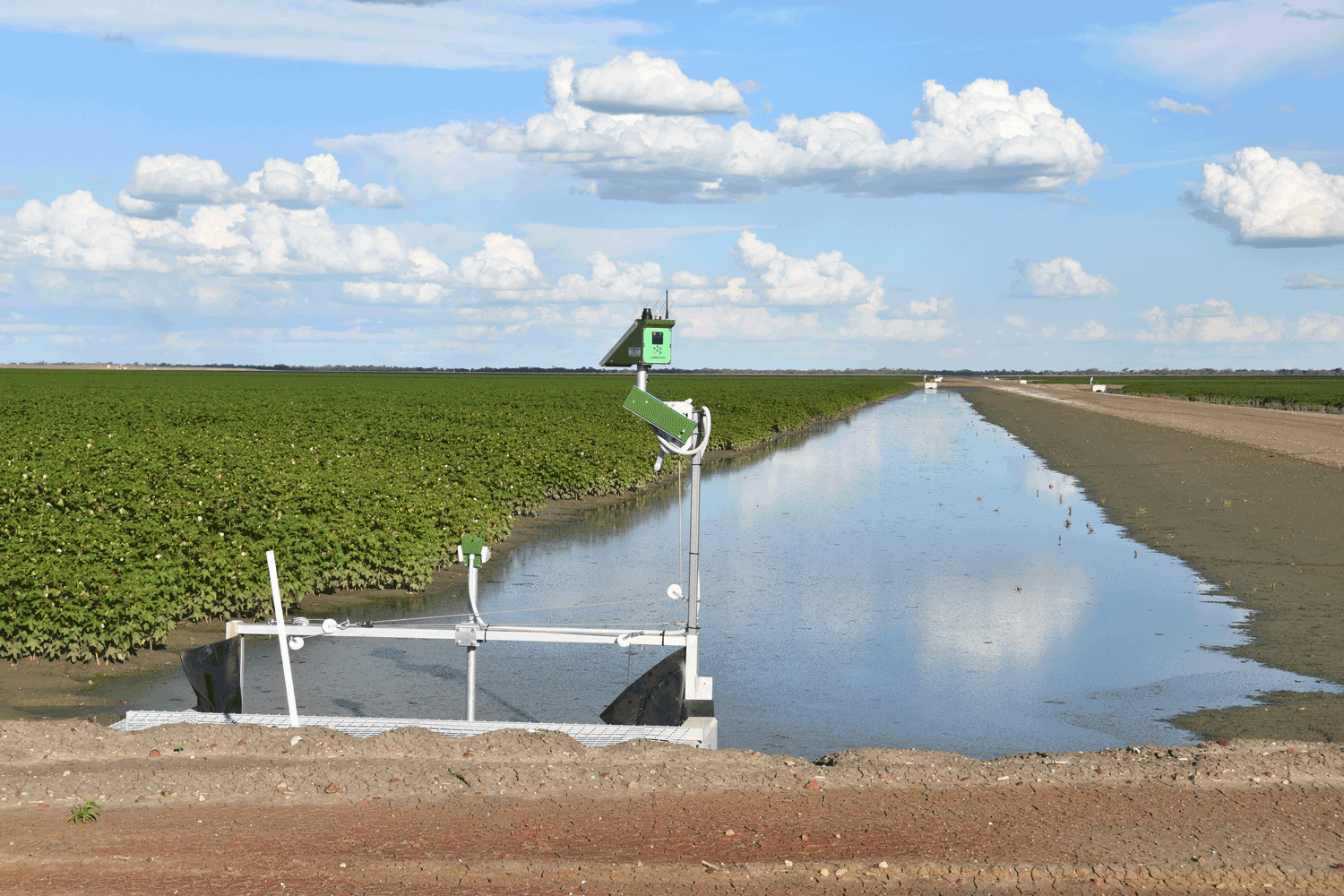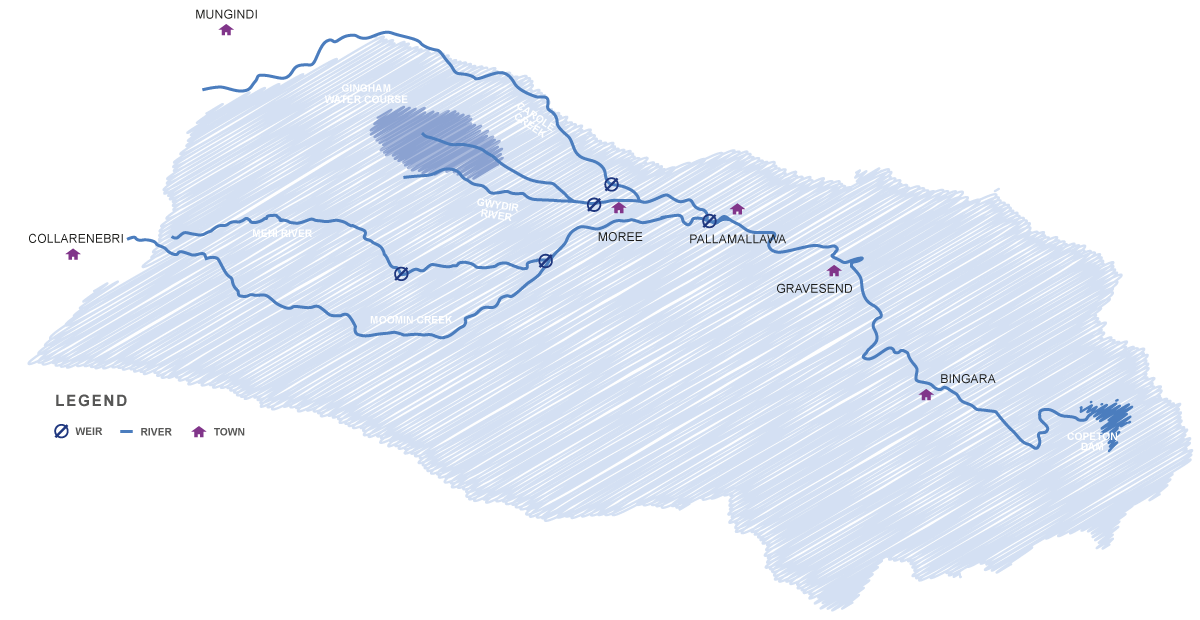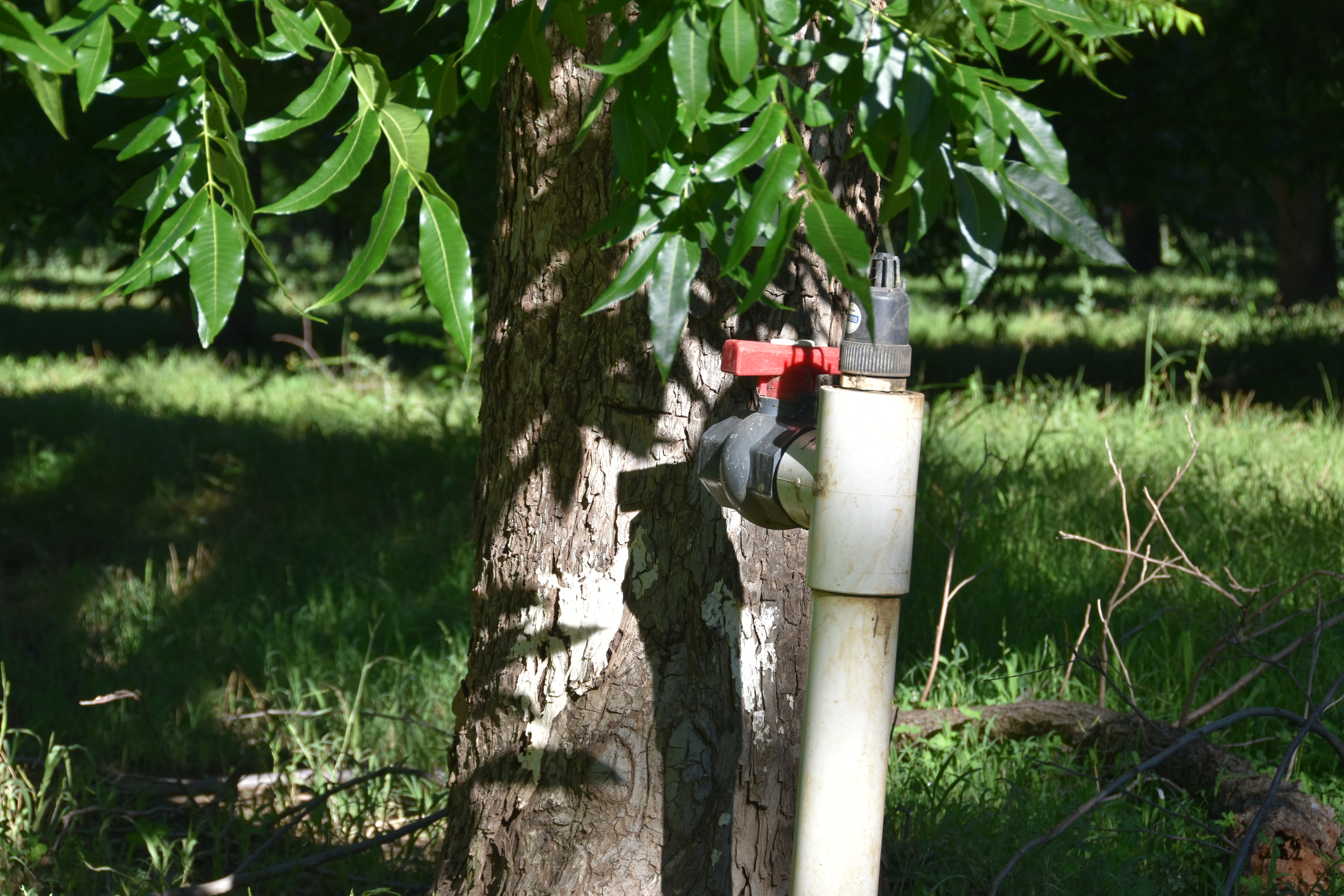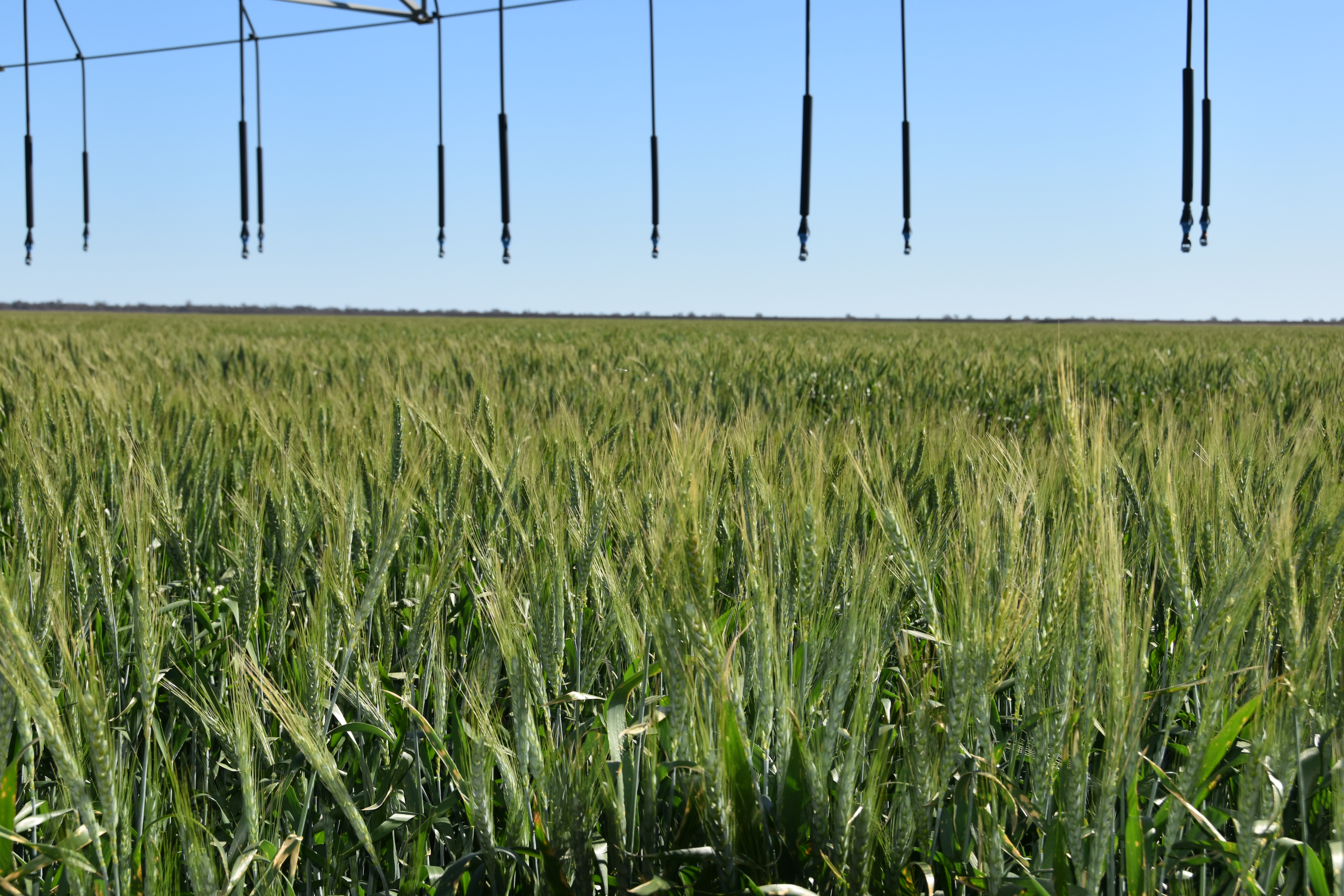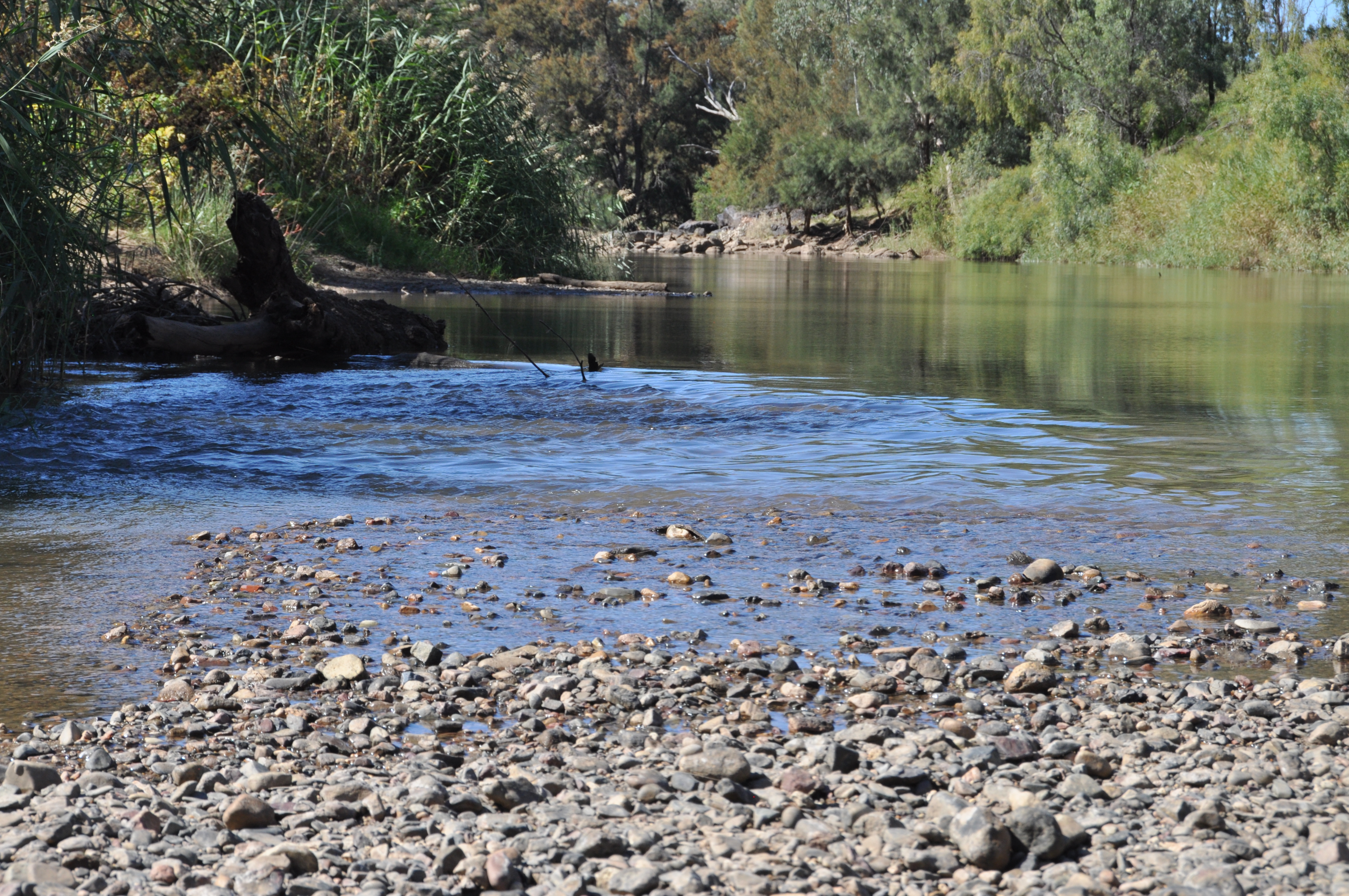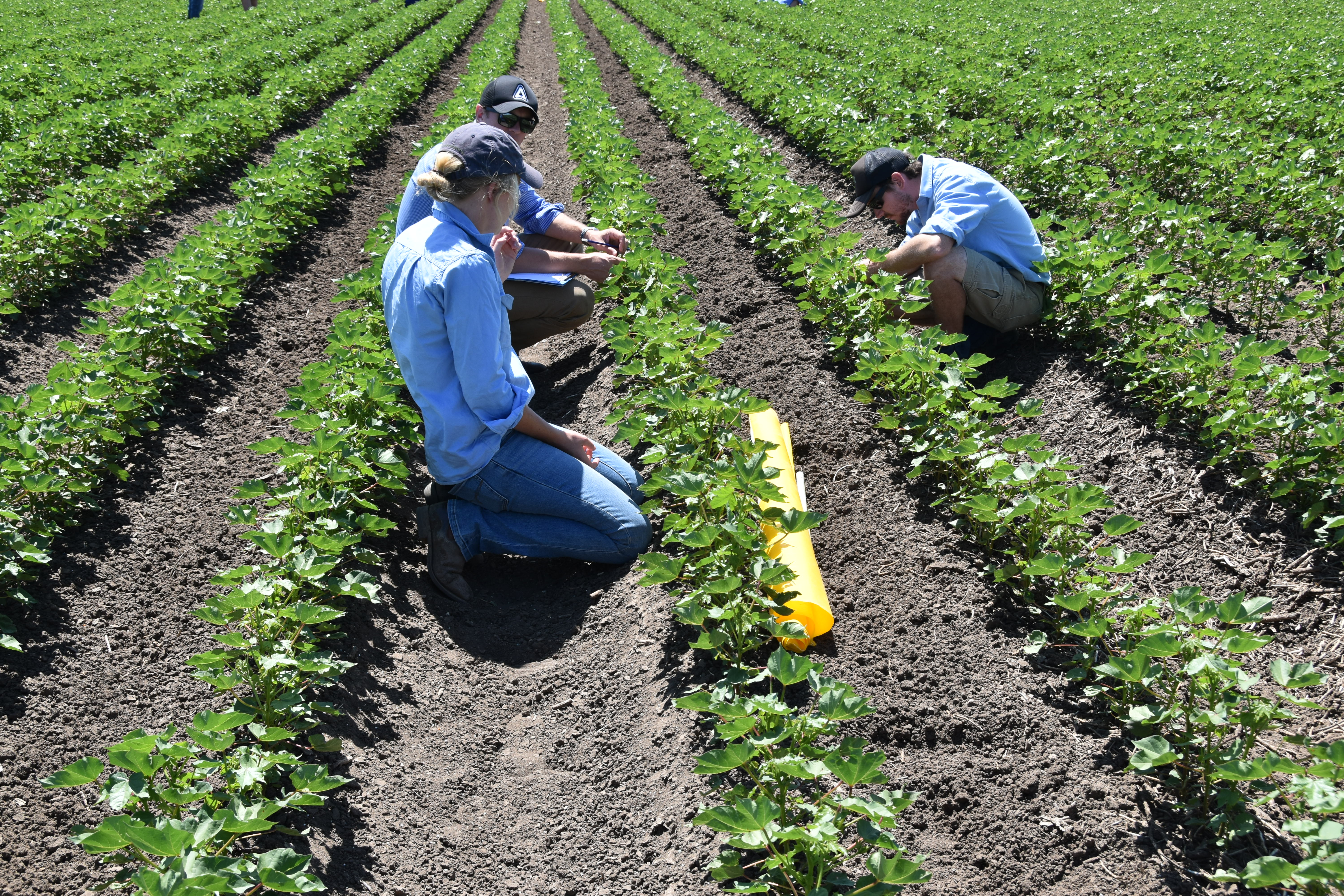2025 Murray Darling Basin Outlook report
Farmers in the Basin are calling on the Federal Government to escalate water security for agriculture as a priority, following the findings of the Basin Outlook,
published today which echoed findings from the National Climate Risk Assessment.
“All climate change scenarios will have significant risks on water security for Australian agriculture,” said NIC CEO, Zara Lowien “farmers
are adapting every day to changing climate, but can only adapt so far, water security is critical”.
“The Outlook modelling scenarios found the Basin will be both wetter and drier, with more extreme conditions with varying impacts and level
of uncertainty around the Basin.”
“It is absolutely important that we consider climate change as part of the Basin Plan Review, but this needs to be fit for purpose,
recognising the uncertainty, and extremes to both wet and dry.”
“We are concerned the document has over-generalised headlines, but when you look at the detail, there are a lot of unknowns and
uncertainty,” said Ms Lowien. “That’s not to dismiss the work, rather that when Government responds to it, they need to consider its
limitations which are very evident in the report.”
NIC Media release available
here

